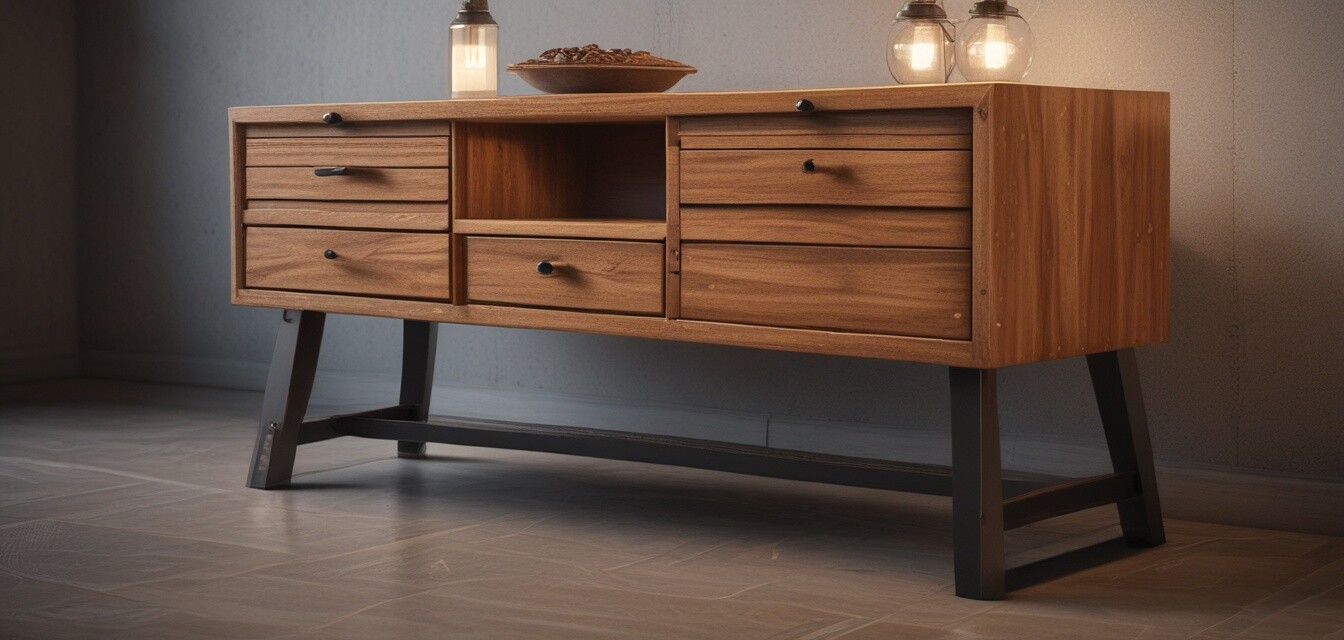
Upcycling Old Wooden Furniture: A How-To Guide
Key Takeaways
- Upcycling old wooden furniture is an eco-friendly way to breathe new life into your home.
- Choosing the right materials and tools is essential for a successful project.
- Finish your upcycled piece with sustainable products to enhance durability.
- The process can be both creative and fulfilling, allowing for personal expression.
Upcycling is a growing trend that merges creativity with sustainability. This guide will walk you through the steps to transform your old wooden furniture into stunning, functional pieces that enhance your space while being kind to the planet. Investing your time and effort into upcycling not only contributes positively to the environment but also allows you to showcase your unique style.
Why Upcycle Wooden Furniture?
Upcycling old wooden furniture presents numerous benefits, including:
- Environmental Impact: Reduces waste and encourages a more sustainable lifestyle.
- Cost-Effective: Economical compared to buying new pieces while achieving a unique look.
- Customization: Tailor designs to meet your personal taste and home decor.
Materials and Tools Needed
| Materials | Tools |
|---|---|
| Wood filler | Screwdriver |
| Primer and Paint or Stain | Sandpaper |
| Sealer (preferably eco-friendly) | Paintbrushes or Rollers |
| New hardware (optional) | Drop cloths |
Step-by-Step Guide to Upcycling Your Furniture
Step 1: Choose Your Furniture
Select a wooden piece that has a solid structure. Look for items with character, such as scratches or unique grain patterns. Some popular choices include:
- Chairs
- Coffee tables
- Dressers
- Shelves
Step 2: Prepare the Surface
Before starting, ensure your workspace is set up. Here's how to prepare your furniture:
- Remove any hardware (if applicable).
- Clean the surface thoroughly with a damp cloth.
- Fill in any scratches or holes with wood filler and allow to dry.
- Sand the surface to create a smooth finish, removing any old paint and imperfections.
Step 3: Paint or Stain
Decide whether to paint or stain based on the desired finish:
- Painting: Offers a vibrant look; choose a high-quality, eco-friendly paint.
- Staining: Enhances the natural wood grain; apply a wood conditioner before staining.
Step 4: Apply a Sealer
Once your paint or stain is dry, apply a sealer to protect your furniture:
- Choose an eco-friendly sealer for better sustainability.
- Follow the manufacturer's instructions for application.
Step 5: Reattach Hardware & Enjoy!
Reattach any hardware and place your newly upcycled furniture in your home. Step back and admire your hard work!
Pros
- Eco-friendly choice that supports sustainability.
- Encourages creativity and personalization.
- Can save money compared to buying new furniture.
Cons
- Time-consuming process for thorough preparation and application.
- Skill required for more complex projects.
Care Tips for Your Upcycled Furniture
- Regularly dust using a soft, dry cloth.
- Use coasters and placemats to protect surfaces from damage.
- Avoid excessive moisture and heat exposure.
Explore More: Sustainable Practices in Woodworking
By understanding sustainable practices, you can make informed choices that benefit both your home and the environment. Check out our resources on sustainable practices in woodworking, or learn more about wood finishing products to use on your projects. For detailed buying guides, explore various wood-related articles. Dive into home decor accents for inspiration on how to complement your upcycled pieces!
Conclusion
Upcycling old wooden furniture not only helps you create beautiful, functional art pieces but also promotes sustainable living. By following this guide, you can take actionable steps toward reducing waste while enhancing the aesthetics of your space.